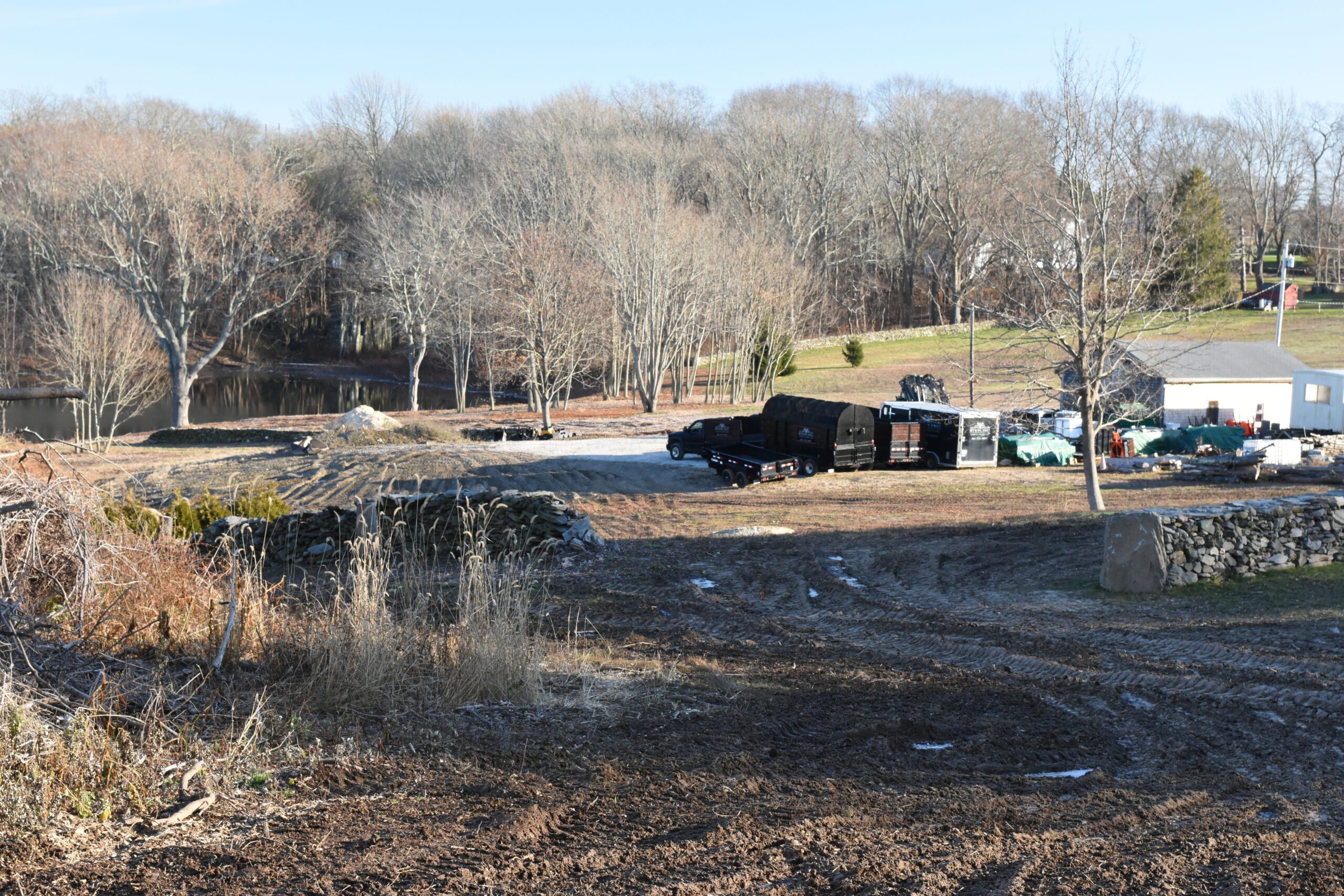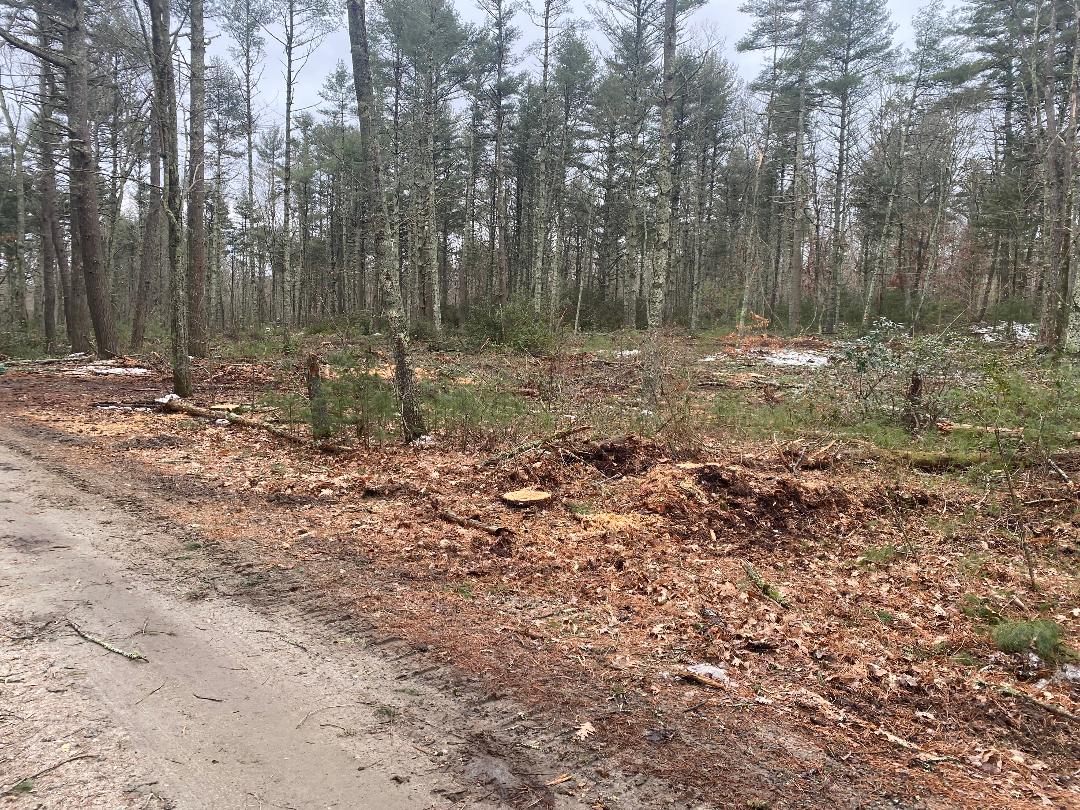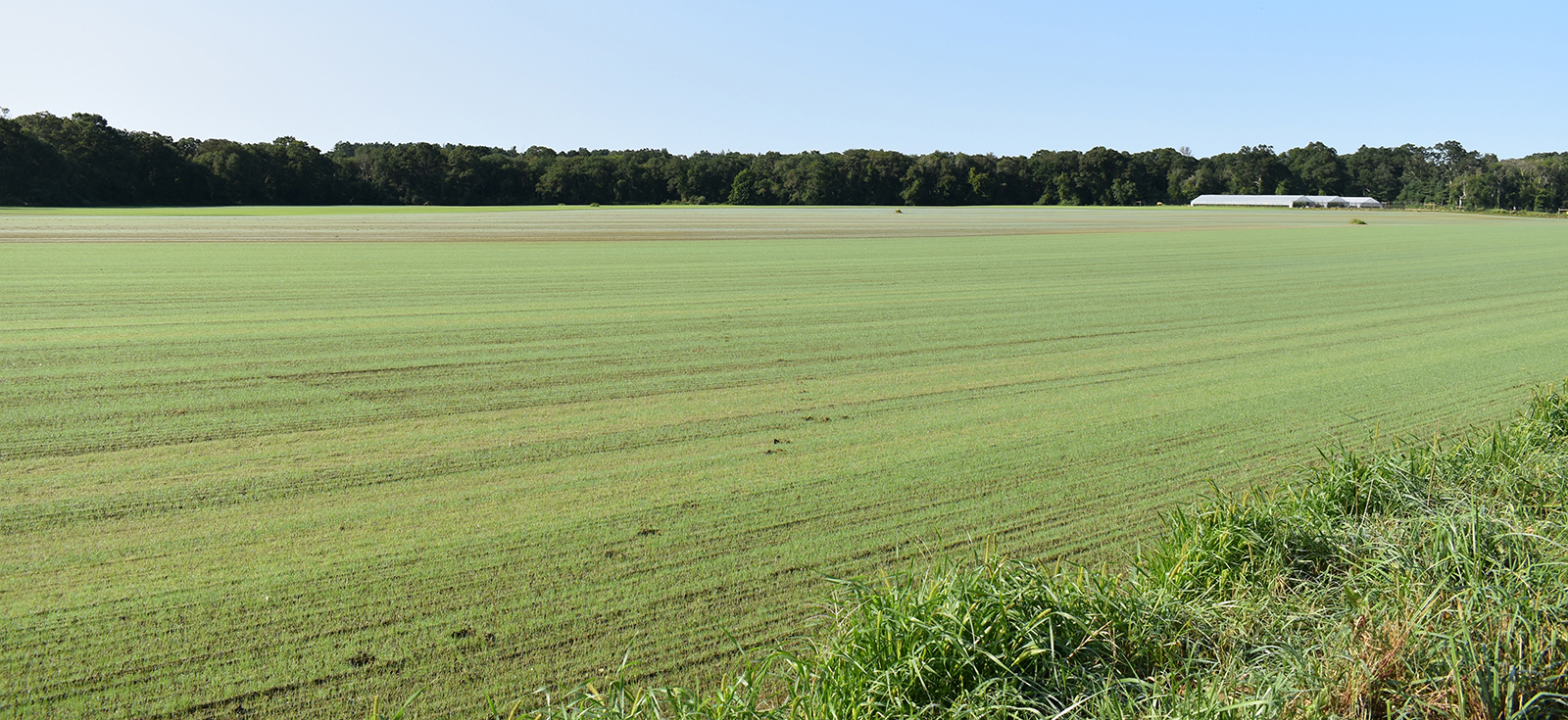Rhode Island Development Needs to be Low Impact
December 19, 2011
Rhode Island is experiencing more rain and more storms, and the state’s current infrastructure doesn’t manage this excess water very well.
The Ocean State’s abundance of impervious surfaces, such as roads, driveways, sidewalks, parking lots, roofs and compacted soil in residential lawns stop rainwater from being filtered by the ground in a natural way. Worse, curb and gutter systems along the sides of roads funnel all this stormwater runoff into drains, which then pipe the water en mass directly into local streams, wetlands and Narragansett Bay.
While rainwater making its way into a stream just down the road doesn’t sound detrimental to the environment, it is, according to Scott Millar, the state Department of Environmental Management’s (DEM) watershed initiative leader. The problem is that by the time the water reaches the stream, it has collected a wave of pollution — oil from streets and driveways, fertilizers from lawns and pesticides from gardens. This toxic concoction pollutes the local ecosystem, as well as the entire network of streams and rivers downstream from the stormwater’s point of entry. All of it eventually flows into Narragansett Bay.
Additionally, streams that have stormwater piped into them become overtaxed with more water than they are able to manage naturally, which causes erosion and degradation, Millar said.
“Species diversity (in streams and wetlands) rapidly declines when you increase imperious cover,” he said.
Conventional development results in high levels of surface runoff. Here, compacted soil and fertilized lawns create runoff high in pollutants, and the lack of native vegetation stops water from being absorbed at its source. Curbs funnel stormwater into drains and pipes that eventually discharge the unfiltered water directly into local waterways.To help address this problem, the DEM and the Narragansett Bay Research Reserve routinely hold workshops geared toward landscape architects, city/town planners, civil and environmental engineers, and municipal decision makers. During these workshops, attendees learn about low-impact design (LID) techniques and the importance of incorporating them into planning across Rhode Island.
The goal of LID is to better manage stormwater runoff. Rhode Island’s brand of LID (pdf) outlines three main goals when developing a parcel of land. First, it suggests avoiding impacts to natural features and predevelopment hydrology. Basically, it asks developers to leave as much of the natural landscape in tact as possible, and to avoid developing or altering wetlands completely.
Second, the state LID suggests reducing runoff volume and increasing groundwater recharge. This means limiting impervious surfaces wherever possible, and avoiding sprawling fertilized lawns, and instead working with native vegetation. Research shows a forest can absorb an inch of rainwater before experiencing any runoff; the same can’t be said for a parking lot.
“Parking lots produces sixteen times more runoff than forests during storms with two inches of rainfall,” Millar said.
While the first two goals of the state LID encourage preventing stormwater runoff from even happening, the third goal suggests managing unavoidable impacts at their source. This means allowing stormwater runoff to be reintroduced into the environment as close as possible to where it lands. The ways of accomplishing this are many and varied.
Engineering roadside drainage systems that allow runoff to infiltrate the ground right next to the road instead of building gutters and drains is an obvious one. Reducing the size of parking spaces, and in turn the overall size of parking lots is another. LID also suggests making less-populated roads narrower, and planting vegetation in the middle of cul-de-sacs instead of paving them entirely.
Almost all of the methods encouraged by LID have economic benefits in addition to their environmental benefits, according to Millar. Generally, LID techniques reduce the amount of roads that need to be built, and decrease the cost of maintaining the roads that are built by making them narrower. LID techniques also help prevent floods and the associated costs with handling their aftermath.
One thing is certain, Millar said, “if we do not protect Rhode Island’s small streams and wetlands, we will have no chance to protect the state’s big rivers or Narragansett Bay.”
Categories
Join the Discussion
View CommentsYour support keeps our reporters on the environmental beat.
Reader support is at the core of our nonprofit news model. Together, we can keep the environment in the headlines.
We use cookies to improve your experience and deliver personalized content. View Cookie Settings



